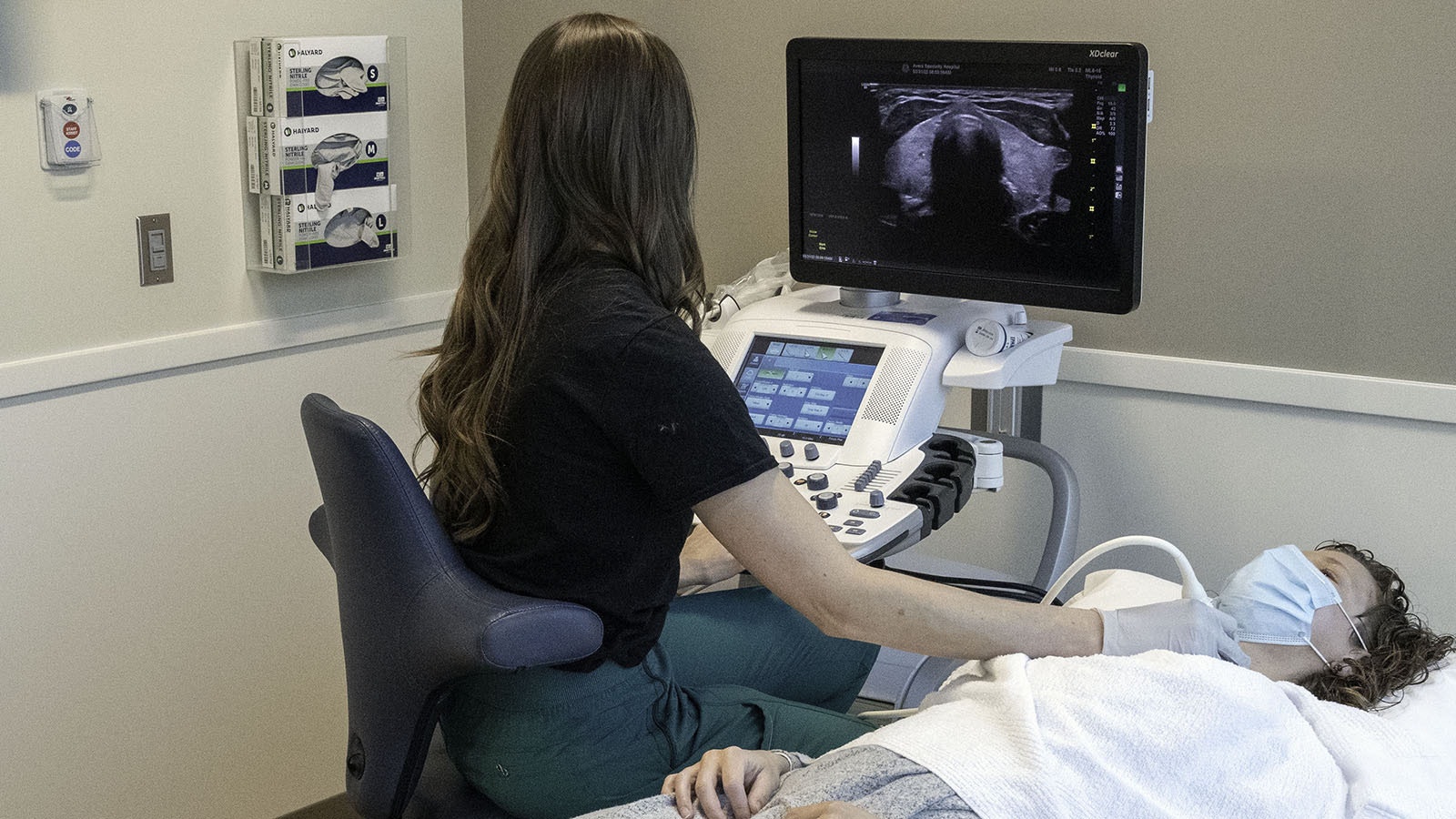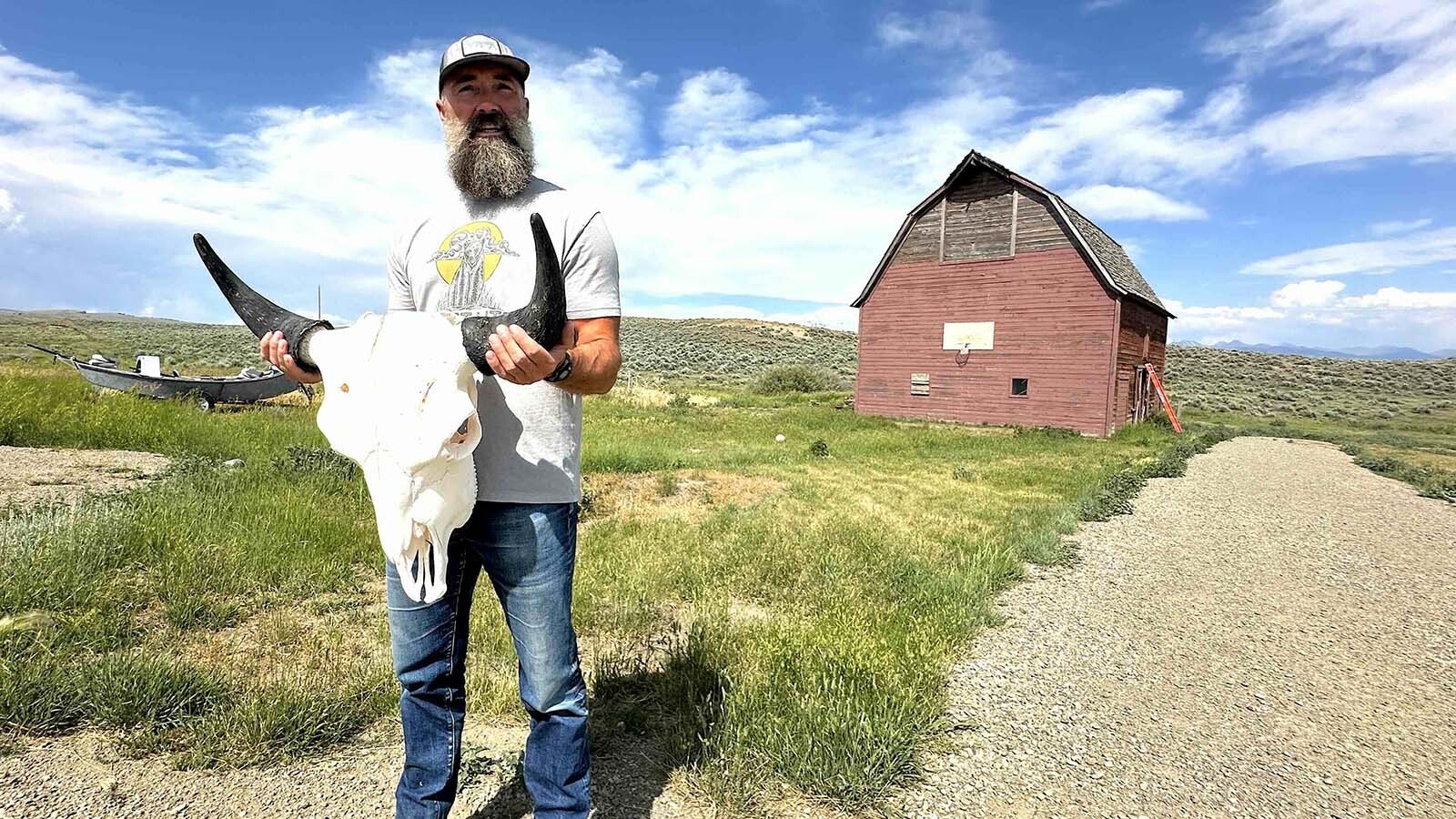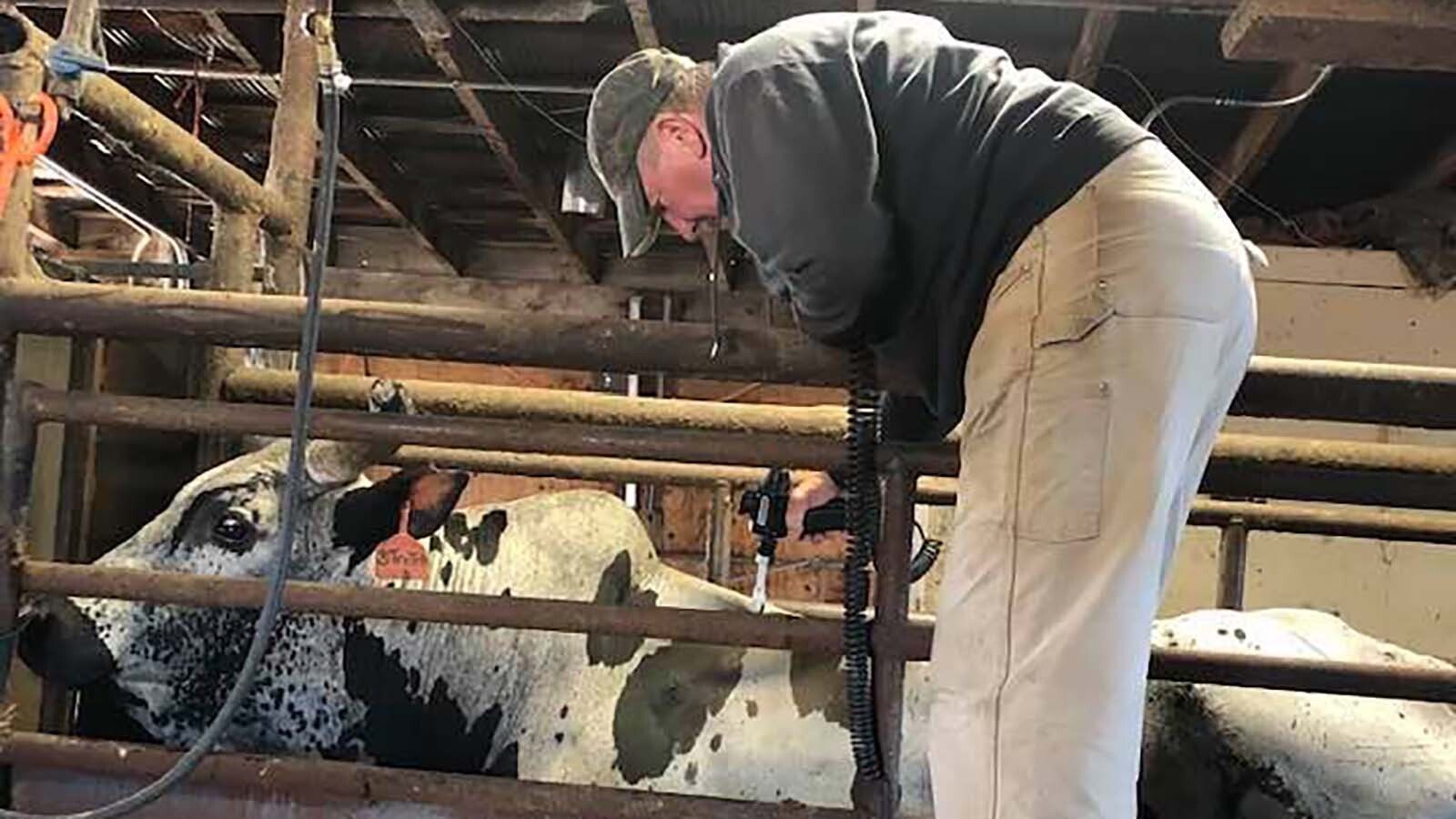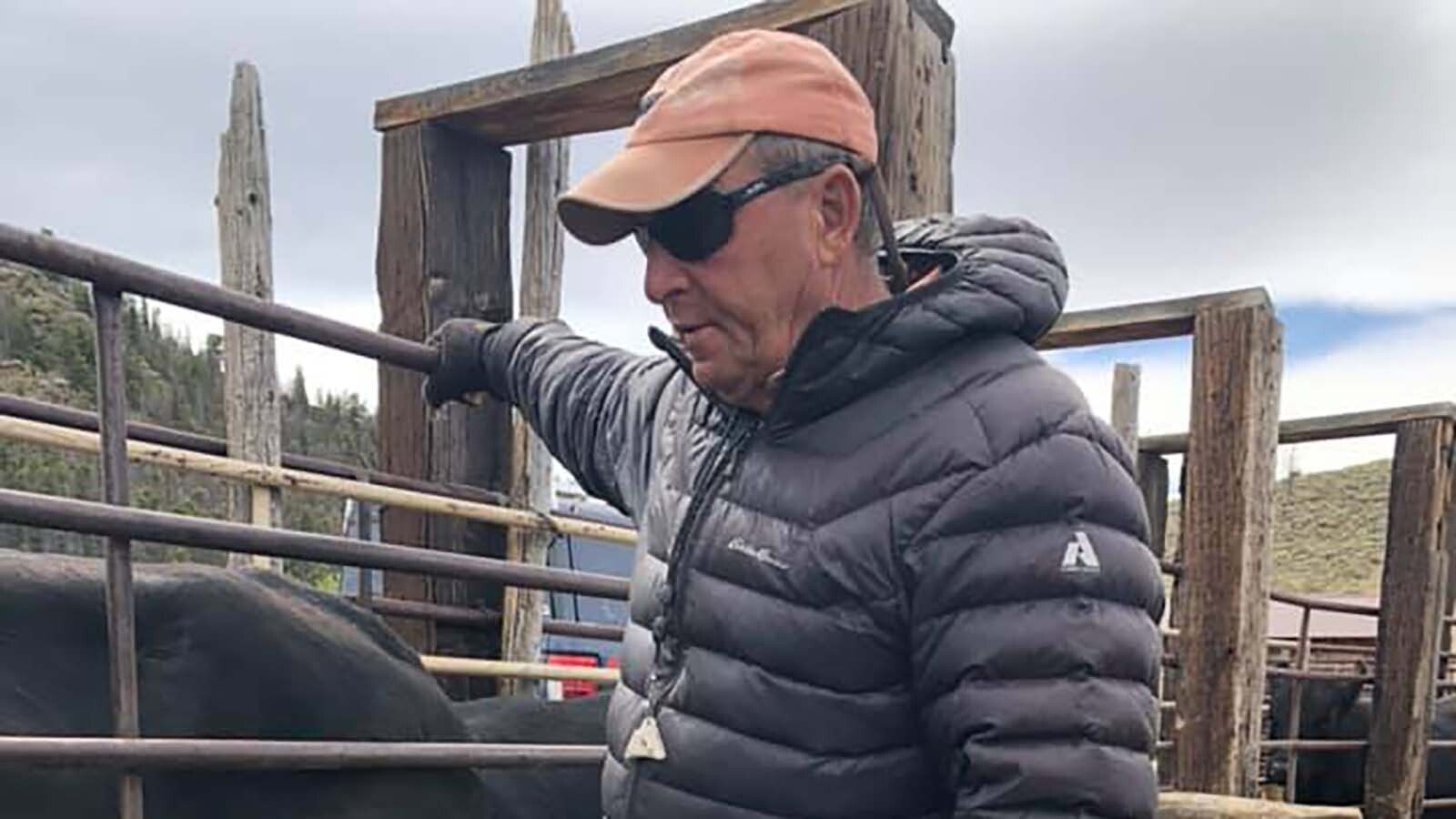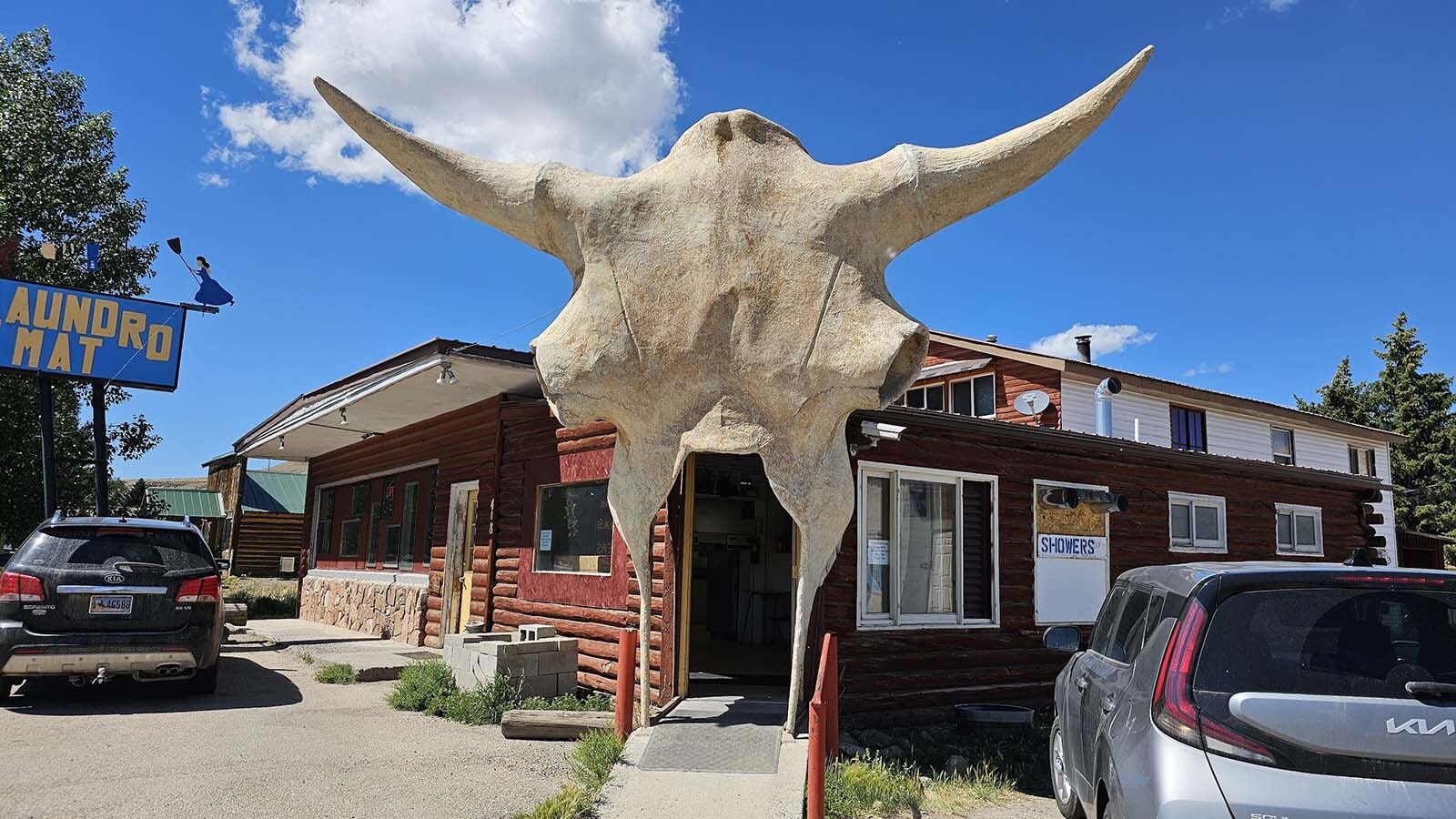Geography has long been a barrier for too many people across rural America when it comes to health care access, and it’s a dynamic that Dr. David Mark, CEO of One Health, has long been fighting in Montana and Wyoming.
“There’s this unfortunate trend in our country where geography is destiny when it comes to health outcomes,” Mark said Thursday. “And undoing that concept has been central to our mission as a community health center as well.”
Mark has clinics located in “frontier areas where antelope likely outnumber the humans,” and where “patients deal with real barriers to accessing quality health care because of the vast distances so many have to travel to get care.”
Mark’s efforts to level the playing field for rural health care just got a big boost Thursday with a $13.9 million donation from the Helmsley Charitable Trust that will enable his and other community-based clinics across the state to afford state-of-the-art ultrasound equipment normally found only in urban centers.
“This is a big deal,” Mark said. “It’s a real investment in our communities to remove these barriers to access and promote health equity in our philanthropically underserved parts of the country, and for organizations like ours that serve these rural, marginalized, vulnerable and medically underserved areas and groups.”
In all, the Helmsley Charitable Trust donation will fund 143 cutting-edge ultrasound imaging devices across Wyoming.
The grant also includes $1.6 million to train a sonography workforce, an initiative that will be led by Dr. Jacob Warren, professor at the University of Wyoming College of Health Sciences.
That tuition assistance is the key to ensure that new and existing sonography staff will get have a real opportunity to access top-notch training to use these new machines, training that will be available both at University of Wyoming and in the field, Warren said.

Maximizing The Impact
The training is not just important to ensure proper use of the machines. There’s a giant labor crunch affecting the medical care industry right now, and that includes sonography.
“Nationwide, the employment needs for sonographers is projected to grow by 14% through 2030 with an anticipated 12,000 openings each year,” Warren said. “But here in Wyoming and certain areas of the state, those employment needs are expected to grow even more.”
In Casper and Cheyenne, for example, the demand for sonographers is expected to grow 23% by 2030 because of growth in the health care sector.
“Because of the frontier nature of Wyoming, having skilled health care workforce, throughout the state is extremely important,” Warren said. “And this funding from the Helmsley Charitable Trust will allow the University of Wyoming to support the training and upscaling needs of the sonography workforce, providing high-impact specialist sonography training closer to home.”
Having a workforce trained to use cutting-edge equipment is going to save lives in rural areas, Warren said, and help ensure that best possible outcomes are available for people at much shorter distances than before.
Warren believes the training and this state-of-the-art equipment grant could give Wyoming an edge when it comes to attracting and retaining a medically skilled workforce.
“It’s very competitive out there,” he said. “And being able to point to examples like this of broader infrastructural support for them and their professional development and their skills I think is very crucial.”
Sonography Is the New Stethoscope
Dr. Mark recalls wearing a stethoscope around his neck almost constantly as a medical student and later as a resident.
“That’s because of the central role that listening to the heart and lungs played in our evaluation of patients and our physical exams,” he said. “And then figuring out how to treat patients.”
But now he believes medical students and residents will soon be walking around with ultrasound probes instead of stethoscopes around their necks.
“That’s a marker of how this technology, the role of this technology in the comprehensive care of patients, is really expanding by leaps and bounds,” he said. “And it’s our academic partners like Dr. Warren who are teaching the rest of us how vital this technology is in terms of accurate diagnoses.”
Bringing this technology to rural areas in Wyoming is a game-changer, Mark added, and will do much to lessen the geographic disparity that has long meant people living in rural areas dying sooner than others.
“Point of care ultrasound in everyday clinical practice is becoming the standard of care for outpatient medicine,” he said. “Having the ability to provide this service is really of critical importance.”
What Ultrasounds Can Do Today
Once upon a time, ultrasounds were mainly encountered by a patient during a pregnancy as a non-invasive way to monitor the health of a developing baby.
But ultrasounds today can be used for so much more, said Star Valley Health Chief Operating Officer and Vice President of Business Development Mike Hunsaker.
“They’re used by providers — doctors, nurses, nurse practitioners, physician assistants and sonographers or ultrasound technicians — to understand the cause of pain, infection and swelling, as well as the exams for checking the development of a fetus,” he said. “They’re utilized in emergency rooms, surgery departments, outpatient and inpatient imaging as well as cardiology, OB and primary clinics.”
Before the Helmsley Charitable Trust donation, patients in some Wyoming communities might have had to travel as far as 50 miles to get access to these machines.
Now they will be much closer for everyone, regardless of ZIP codes, which will save lives, and that is the whole aim behind the Helmsley Charitable Trust’s grant, said Helmsley Charitable Trust trustee Walter Panzirer.
“We rolled out ultrasound equipment like this in two other states, Nevada and Minnesota,” he said. “Wyoming is our third state. In Minnesota, we learned of an ER patient who survived a ruptured aortic aneurysm, called a triple A aneurysm.”
Normally, rural patients suffering a triple A quickly die because they can’t get the rapid diagnostics that can only be done with ultrasound.
“Glacial Ridge Hospital purchased state-of-the-art point-of-care ultrasound from the Helmsley Charitable Trust and was able to save this patient,” Panzirer said. “I hope to hear many more stories like this across Wyoming. We are so excited to see how these grants will grow and change the health care delivered in Wyoming.”
Renée Jean can be reached at renee@cowboystatedaily.com.

